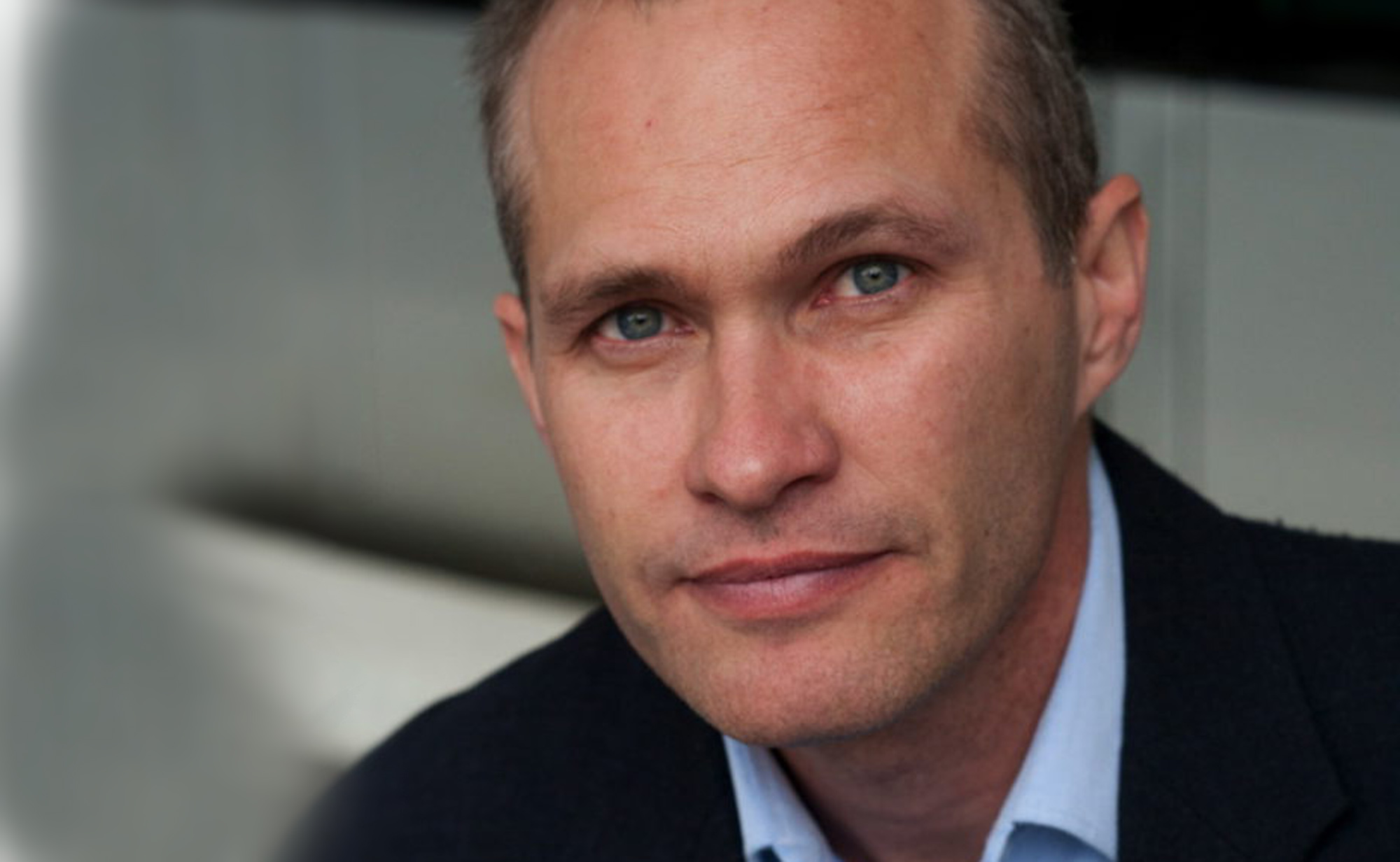Aquarium
(£18.99, Heinemann)
David Vann’s stunning, cinematic new novel finds the UK-based American author leaving the great outdoors behind for an industrial cityscape of interiors, but Aquarium retains his signature darkness.
Like Goat Mountain, Aquarium has an adult narrator reflecting on a difficult time in their childhood. What does the adult voice enable you to do that a child narrator wouldn’t?
Using a retrospective narrator in Goat Mountain frees me to be able to say anything, not limited to the vocabulary or perceptions of an 11-year-old, and allows reflection, the making of meaning about the shape of a life. This is what I do also in Aquarium. The story is told from 20 years later, when Caitlin is 32. All of the scenes bring to life her experience at 12, but she’s also able to understand those experiences now and use adult language. I do love Kaye Gibbons’ Ellen Foster, in which she stays closer to the child’s perspective and language, but I prefer the freedom of style and thought that an adult perspective allows.
Why did you choose to write from a female perspective and was it a challenge?
More than half of my fiction is from a female perspective (Caribou Island, Aquarium, and two forthcoming novels), but I’m not aware of ever having made a choice to do that. I don’t pick what books I write or how I write them. I could first see scenes from Aquarium as I was finishing another novel about the Greek heroine Medea, so Caitlin was inevitably the protagonist from before I ever wrote a word. And it’s not a challenge to write from a woman’s perspective, because I grew up in a family of mostly women and don’t believe they’re different from men in most fundamental ways. It’s true that almost all violence comes from men, so that’s a huge difference, but grief and loss, guilt, joy, etc. are experienced much the same, I think. I don’t make any adjustments in writing from a female perspective.
What inspired you to make an aquarium so central to the story?
I loved fish when I was twelve. I had eight fishtanks scattered throughout the house. But fish were already mythic earlier in my childhood, growing up in Ketchikan, Alaska. The first king salmon I caught was taller than I was, and my grandfather caught a 250-pound halibut. That fish grew as it rose through the depths and became larger than my imagination by the time it reached the surface. I still think of it when I think of what writing is like, the surprises and transformations, all that’s unconscious or subconscious rising to the surface of the page and revealed. And that’s what fish are doing in the book. They’re the subconscious, shifting in form and suggesting aspects of human behaviour and self. As Caitlin and the old man talk about the fish, they’re really talking about themselves.
The book was inspired long ago by a visit to the Seattle Aquarium, when I read the descriptions of the fish at each tank and those descriptions seemed inspired, a kind of poetry of human behaviour told through the oddity of fish. The halibut, for instance, with both eyes on one side of its head and lying on the bottom of the ocean, how could that not begin to suggest?
Most of your work to date has been set in the great outdoors, why focus on interiors in this book?
In my novel, Seattle has become a seascape, really, with movie theatres submerged caves and airplanes overhead like deep-sea anglers, Seattle itself a giant starfish lying on the ocean floor. Caitlin sees all of Seattle as if underwater, so interiors have been transformed. But you’re right that this is my first novel set in an urban environment and using interiors, a challenge for me since my other novels are all based on description of landscape. The challenge is in whether I can make the spaces transform. In previous books I’ve been able to bend the natural world. In this book, I needed to bend an artificial world.
There’s a moment of jeopardy in the book – in the snow covered forest, when Caitlin is further away from home than she’d ever travelled – what is the significance of that?
There’s a fairy tale narrative in the book. Caitlin recognises that her mother was like Cinderella. She’s trying to reshape her mother’s life into a better story, but she finds out in the forest that the shaping is beyond our control and is always there waiting, ready to intrude at any moment.
What is the significance of the childhood love story?
I have no plan or outline when I write, so I was surprised about the love that develops between Caitlin and Shalini, but it makes sense for who Caitlin is. She’s generous and craves connection. She wants to be like the clown loaches in the fishtank, who sleep close together, stacked like logs. And she believes she can bring her family back together. But this relationship with Shalini will create a test in the end, the kind of moment of structure and pattern I never see coming but which always happens when I write fiction. My subconscious mind has far more structure than my conscious one.
Caitlin’s mother throws a lot at her that could, and perhaps should, drive her away. Why was it the lack of acceptance, rather than the physical or emotional abuse, that eventually broke her trust?
Caitlin can forgive the hard moments that are a kind of abuse, because she can see her mother acting out of pain and desperation. But it’s more difficult to forgive the moment in which her mother looks at her with disgust. I think anyone who feels seen, and is rejected in that moment of being seen, will have difficulty reforming trust. Trust is based on being convinced that we’re loved and accepted.
Antonia Charlesworth



Leave a reply
Your email address will not be published.